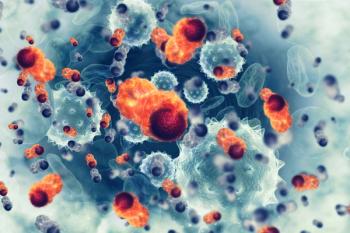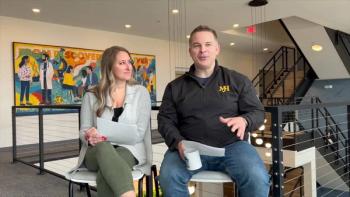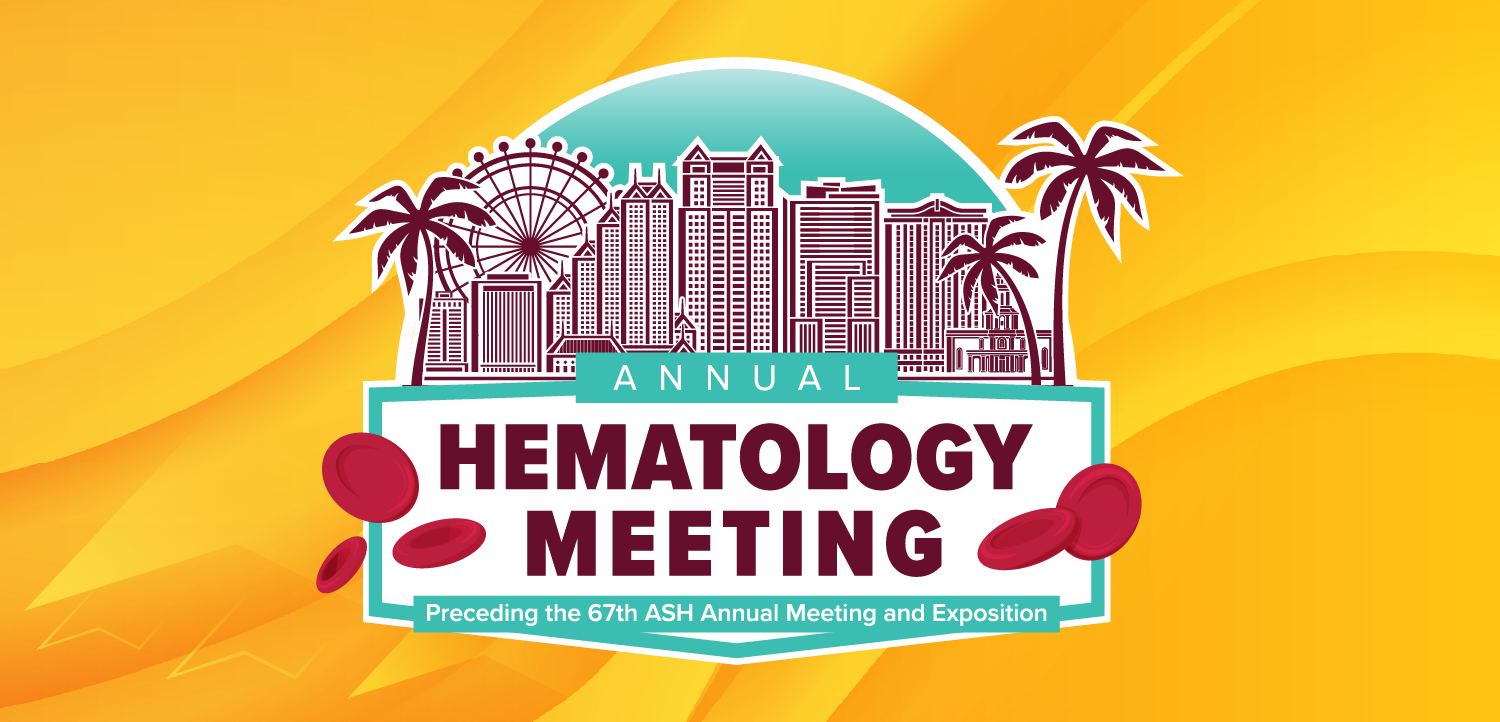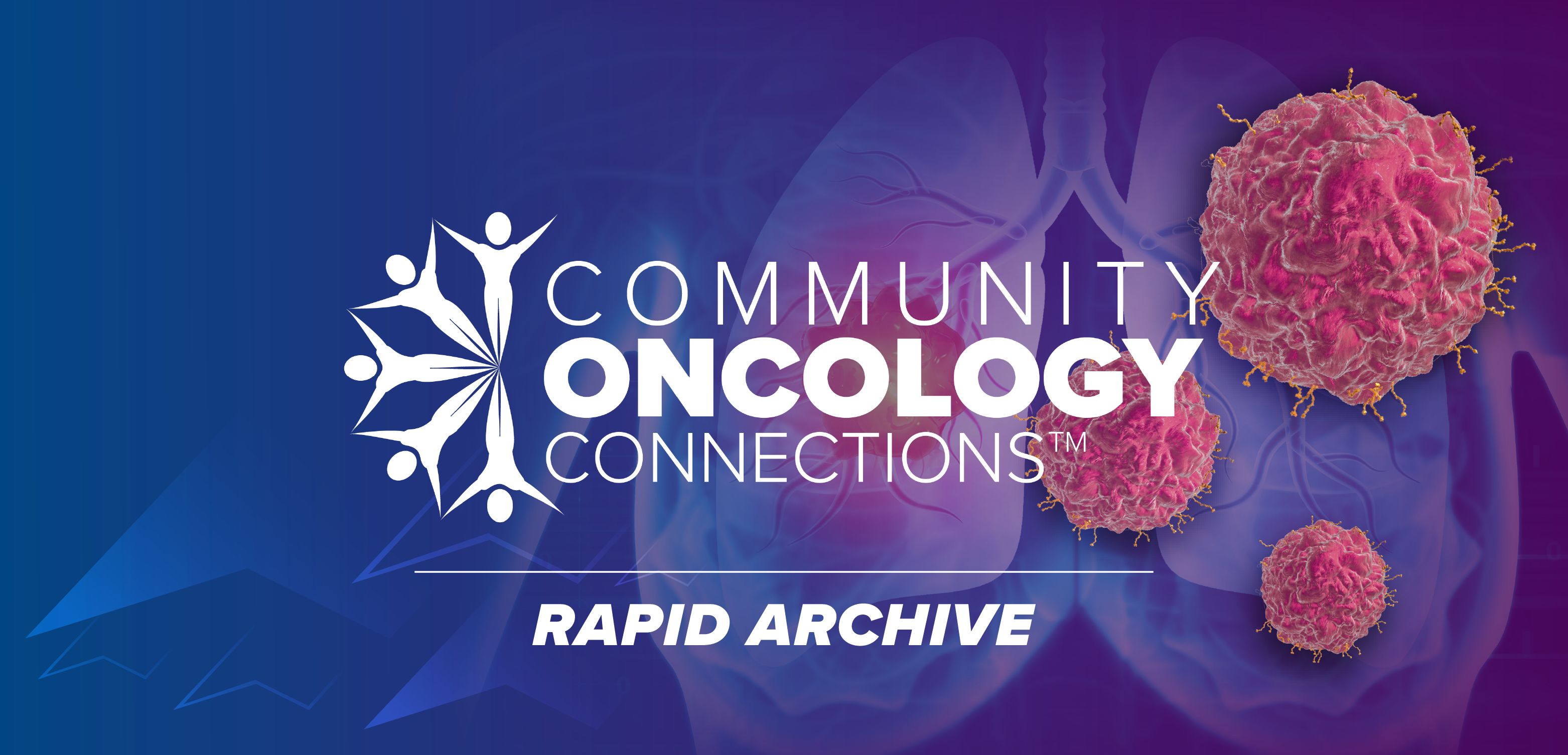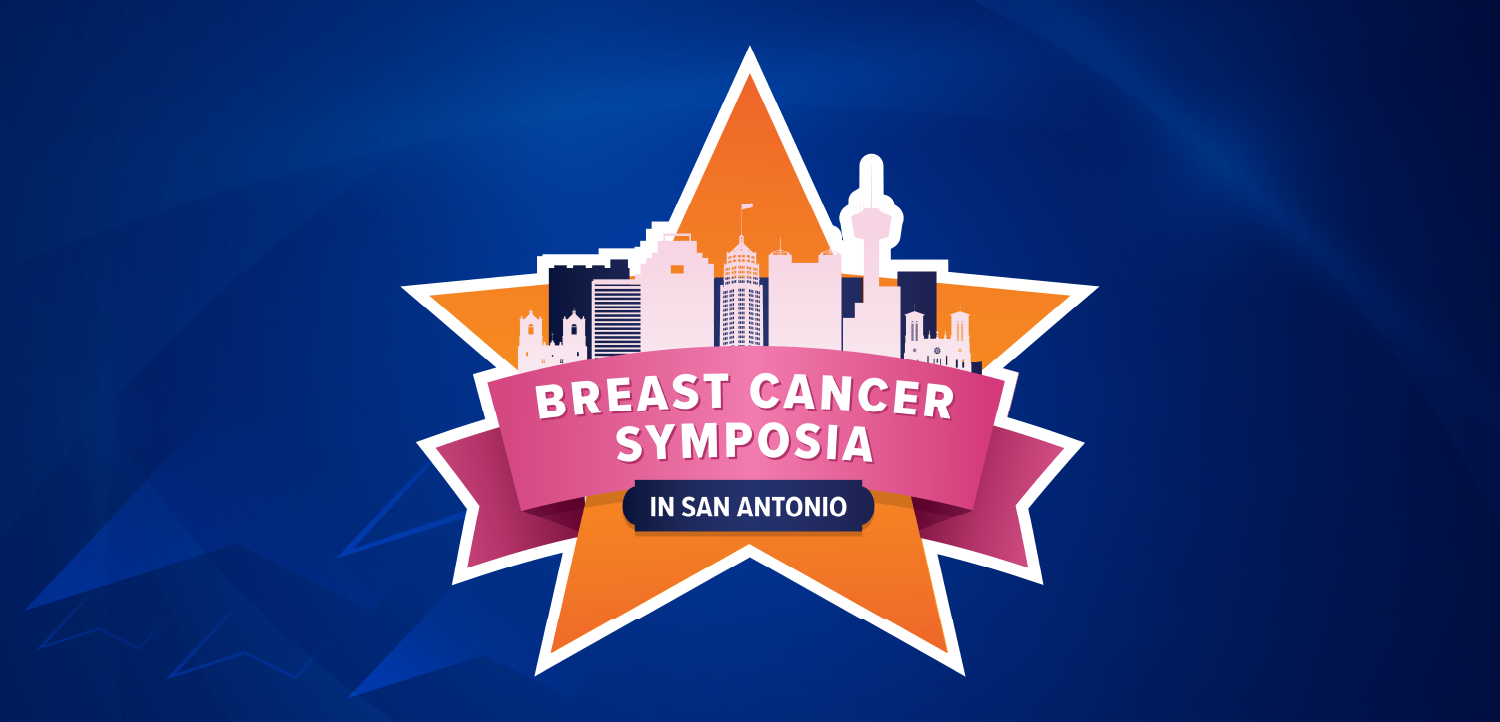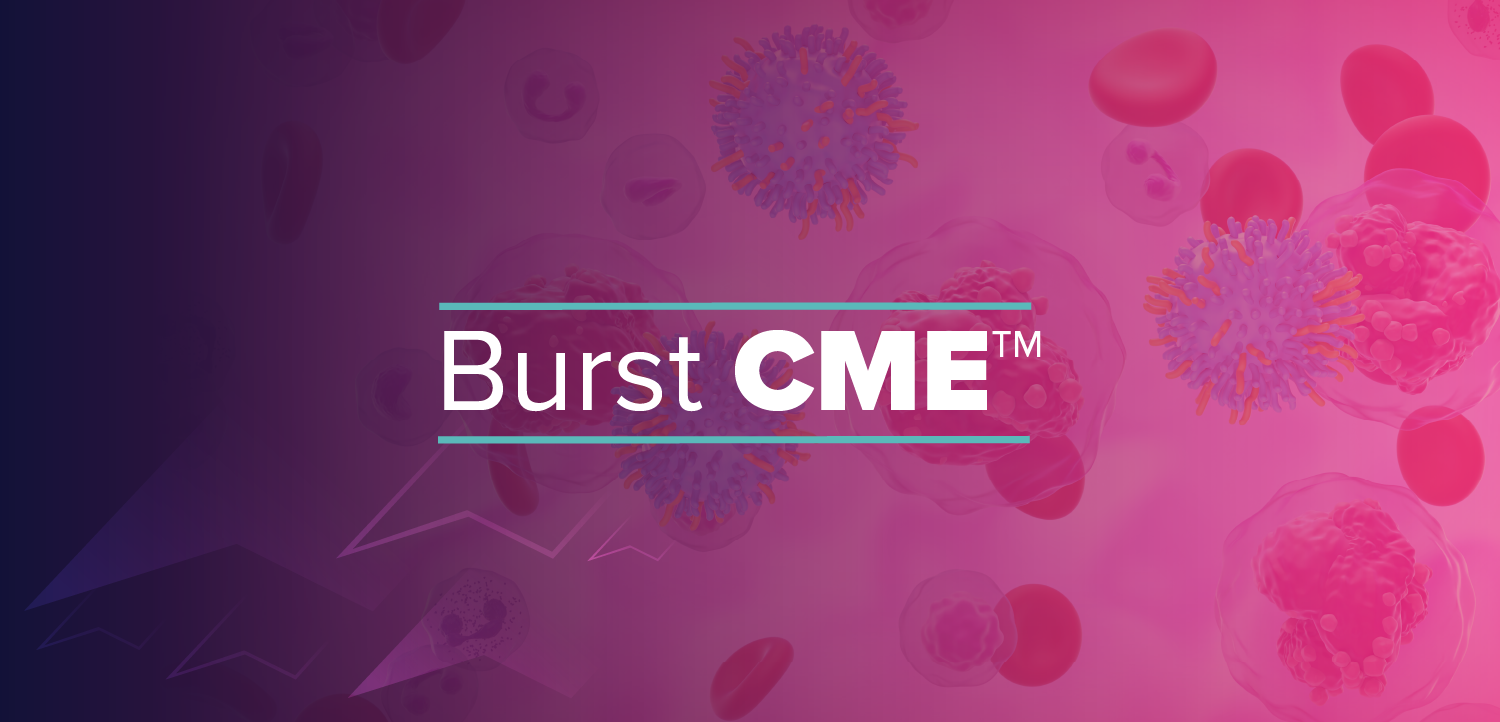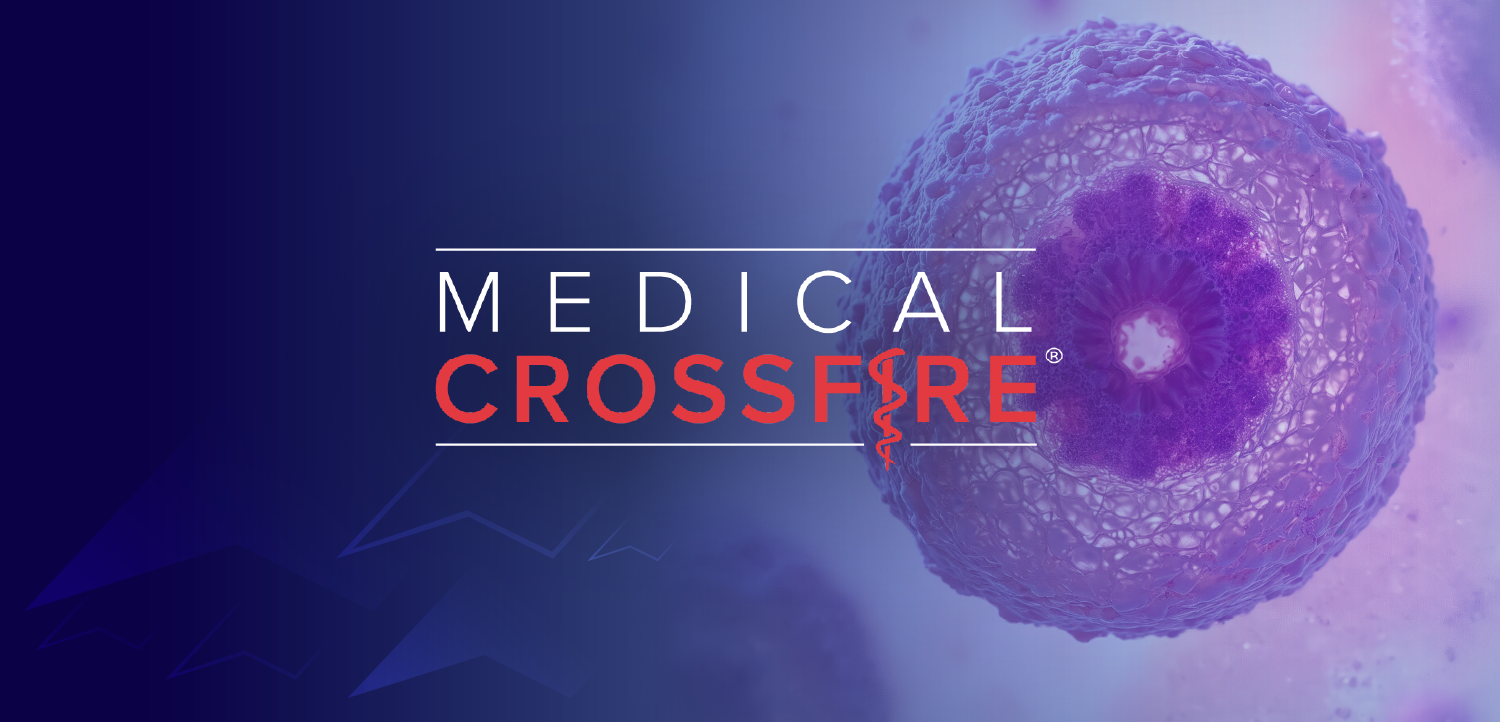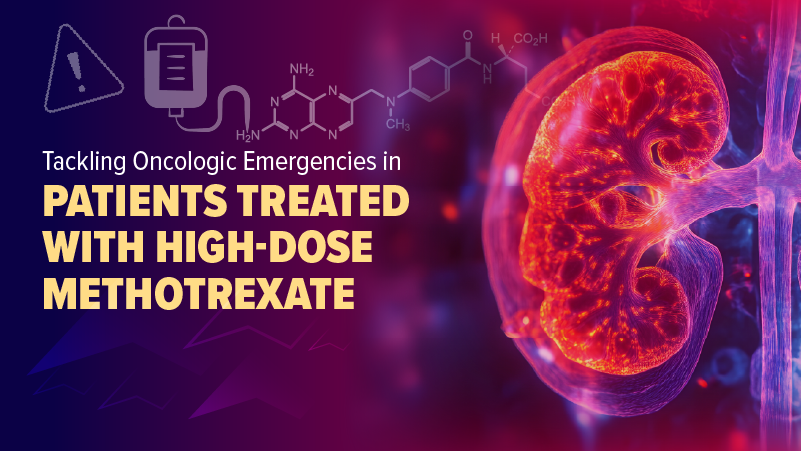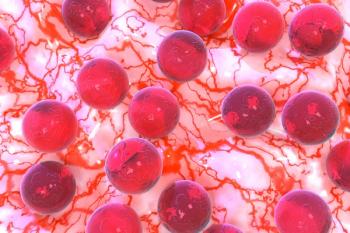
Sequential triplet therapy proves safe, predictable for multiple myeloma
Bortezomib-based combination induction therapy paired with thalidomide offers a promising addition to the treatment armamentarium for multiple myeloma, according to results of a phase II study.
SAN FRANCISCO -- Bortezomib-based combination induction therapy paired with thalidomide offers a promising addition to the treatment armamentarium for multiple myeloma, according to results of a phase II study.
The trial evaluated the response rate of sequential bortezomib (Velcade), cyclophosphamide, and dexamethasone (VCD) in three cycles followed by bortezomib, thalidomide, and dexamethasone (VTD).
"The best combination of induction, whether it's two drugs, three drugs, or even four drugs is the subject of much debate -- and it's clearly not been settled," said William Bensinger, MD, from the Fred Hutchinson Cancer Research Center in Seattle. "We designed a trial to look at sequential triplet therapies of Velcade, Cytoxan, and dexamethasone followed by a substitution of thalidomide for Cytoxan for the next three cycles to try to determine if this regimen is worthy of further study."
Dr. Bensinger is a consultant for Millennium, the developer of Velcade.
Patients with newly diagnosed, untreated symptomatic myeloma were eligible. Treatment consisted of three 21-day cycles of bortezomib (1.3 mg/m2 on days 1, 4, 8, and 11), cyclophosphamide (300 mg/m/sup>2 IV on days 1 and 8), and dexamethasone (40 mg p.o. or IV on days 1, 2, 4, 5, 8, 9, 11, 12). This was followed by three 21-day cycles of bortezomib (1.0 mg/m2 on days 1, 4, 8, and 11), thalidomide (100 mg p.o. daily), and dexamethasone (abstract 94).
Reducing the potential for neuropathy was the rationale for the bortezomib dose reduction, the authors explained. After completing six cycles, patients proceeded to autologous stem cell harvest, transplant, and/or maintenance therapy.
The study's primary end points were overall response and achievement of very good partial responses (VGPR), and the assessment of safety and tolerability.
Among 44 enrolled patients, the mean age was 58 years (68% male). Six cycles were completed by 82% (36/44) of subjects. Treatment discontinuations were attributed to congestive heart failure, bone pain, encephalitis, neuropathy (three), transplant, and back pain.
Among 43 evaluable patients (one patient refused further therapy during cycle 1), best response was ≥VGPR in 56% (see table).
The overall response rate (ORR) was 96%. Dr. Bensinger pointed out that the percentage of VGPRs increased through cycle 3 (to 24%) and then grew considerably at cycle 5 to 36% with the addition of thalidomide. The ≥VGPR rate of 56% compared favorably with the prior phase II study rate of 38% with botezomib/dexamethasone, as did the ORR (96% versus 88%). Dr. Bensinger noted also that a review of the relationship between cytogenetic data and responses did not reveal detrimental effects among patients with high-risk cytogenetics.
After a median follow-up of 10.6 months, overall survival was 86% and the 12-month estimate of event-free survival was 86%, as well. Twenty-two patients have proceeded to transplant, with successful harvesting completed for all. Three deaths have been reported among them within three-months post-transplant (two cases of pneumonia, one case of influenza).
In the first cycle, adverse events of neutropenia (one), bowel perforation (one), bone pain (one), and congestive heart failure (one) led to dose adjustments or delays. In the remaining cycles, neuropathy accounted for five events, with single events for encephalopathy, hyperglycemia, myopathy and pulmonary embolus.
Overall, there were no protocol- or therapy-related deaths. Grade 3-4 events requiring dose adjustments were reported in 11 patients. Among toxicities ≥ grade 2, the rate for neuropathies attributed to bortezomib was 20% and to thalidomide was 15%. The rate for dexamethasone-related toxicities ≥ grade 2 was 15%, and the rate for cyclophosphamide was 12%.
Dr. Bensinger pointed out that adverse events were predictable and manageable. "This regimen deserves further study. It should be prospectively compared with VCD alone and VTD alone," he said.
Newsletter
Stay up to date on recent advances in the multidisciplinary approach to cancer.


